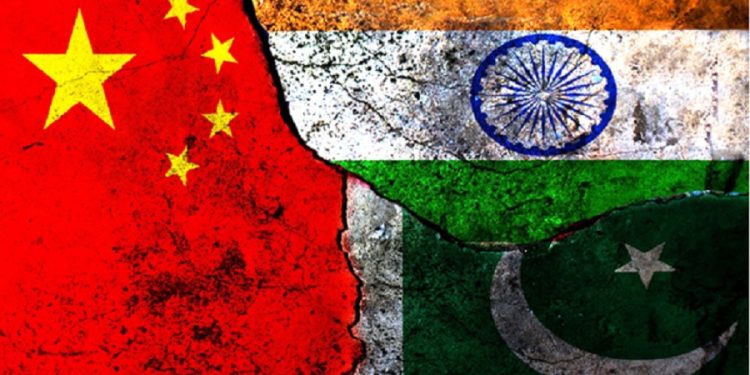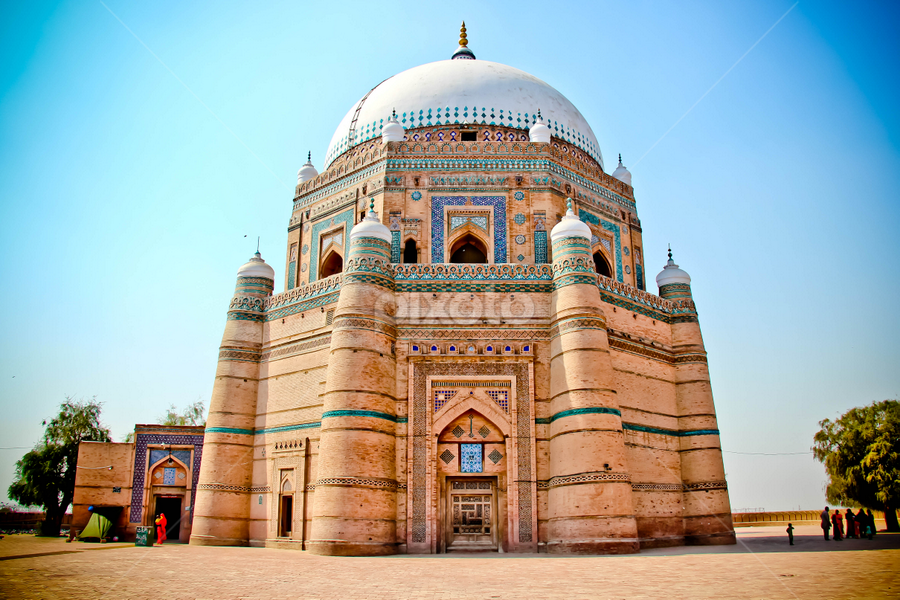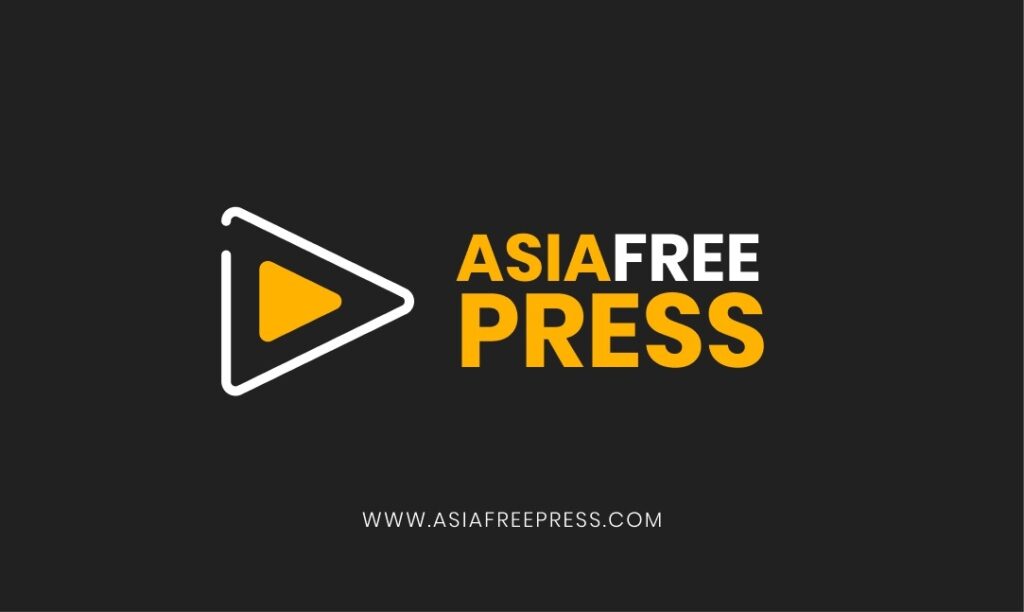In today’s era of intense U.S.–China rivalry and India’s close ties with Washington. Pakistan faces a great power “trilemma.” Islamabad has deep ties with Beijing for example, the ~$62 billion China–Pakistan Economic Corridor, even as India enjoys strong U.S. support. A balanced, multi-aligned approach is prudent by engaging both China and the West, Pakistan preserves its autonomy and gains from each. Countries today would rather not choose sides, using great-power competition to their advantage.
South Asia has become a central arena of U.S.–China competition. Washington is strengthening ties with India, while Beijing cultivates Pakistan as a key partner. China’s CPEC and Belt-and-Road projects have poured billions into Pakistani infrastructure. U.S. policy has swung under President Biden it prioritized India, but the new U.S. administration signaled renewed engagement with Pakistan. Experts advise Islamabad to avoid placing all its eggs in the China basket, instead playing each power off the other to secure better deals and security guarantees from both while retaining independent decision-making.
A neutral, multi-aligned policy offers clear benefits. By not choosing a camp, Pakistan retains freedom to negotiate. It can continue hosting CPEC projects with China while deepening ties with the U.S. economy. In mid-2025 Pakistan nearly finalized a trade accord with the U.S. as a first step toward a strategic partnership, with follow-on investment talks in minerals, AI and digital technology. This illustrates Pakistan hedging between China and the U.S. Secondly, Relying on one partner invites dependency. China’s huge CPEC loans have raised debt-trap concerns. Analysts recommend revising CPEC terms to favor Pakistan (for example, larger Pakistani equity and third-party co-financing). At the same time, expanding exports and investment with the U.S. opens new markets and technology without indebting Pakistan to a single lender. Thirdly, Enhances regional stability. Many countries today prefer this new non-alignment, since neutrality confers diplomatic leverage. By not appearing as a client of only one power, Pakistan can help broker regional issues and play a moderating role. Strategic neutrality makes Islamabad a more attractive partner in multilateral diplomacy.
Pakistan’s economy is under pressure. CPEC has funded infrastructure Pakistan could not build on its own. But Islamabad also seeks U.S. markets and advanced technology. Ongoing U.S. trade talks reflect this: Finance Minister Aurangzeb calls the deal only a starting point, with U.S. investment in AI, mining and technology to follow. Analysts advise renegotiating CPEC terms and inviting U.S. or third-party financing to supplement Chinese loans. For example, engaging Gulf sovereign funds, European development banks or partners like Japan and South Korea to co-finance projects could cushion Pakistan against overdependence on any one lender.
Pakistan’s balancing act must be carefully managed. Alienating one side could backfire. U.S. officials have pressured Pakistan on terrorism and financial issues even hinting at revoking its special military status. Analysts warn that if Washington withdraws privileges without conditions, Pakistan “could [be] driven… closer to China.” Islamabad must avoid giving either power a pretext to treat it as a client.
China, meanwhile, expects Pakistan to honor CPEC commitments and stand with Beijing on issues like Kashmir but even Chinese analysts acknowledge Pakistan’s right to diversify. As Brookings notes, Pakistan is seeking to diversify its relationships in an increasingly multipolar world. Islamabad’s task is to reassure Beijing that engaging with the U.S. is not anti-Chinese. Emphasizing cooperation on shared concerns such as counterterrorism, climate, trade etc. can mitigate zero-sum perceptions. India also looms as a strategic competitor. New Delhi’s deepening U.S. ties mean Pakistan should avoid any steps seen as hostile by either Washington or India. For example, it should steer clear of joint U.S.–India military initiatives and refrain from border provocations. Islamabad’s focus should be on counterterrorism and regional stability, not on provoking its neighbor. By publicly upholding neutrality while quietly engaging all sides, Pakistan can reassure the region that it is not aligning exclusively with any single bloc.
Pakistan’s best response to the China–India–U.S. trilemma is equilibrium. By keeping ties with China robust yet conditional while rebuilding the U.S. partnership on a new footing, Islamabad maximizes its strategic options. This dual-engagement approach strengthens Pakistan’s sovereignty, preventing any single power from dictating policy and secures economic benefits from both sides. Pakistan can thus benefit from both powers without becoming overly reliant on either. In a volatile world, that strategic flexibility is Pakistan’s safest course.


















